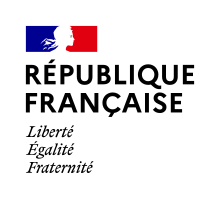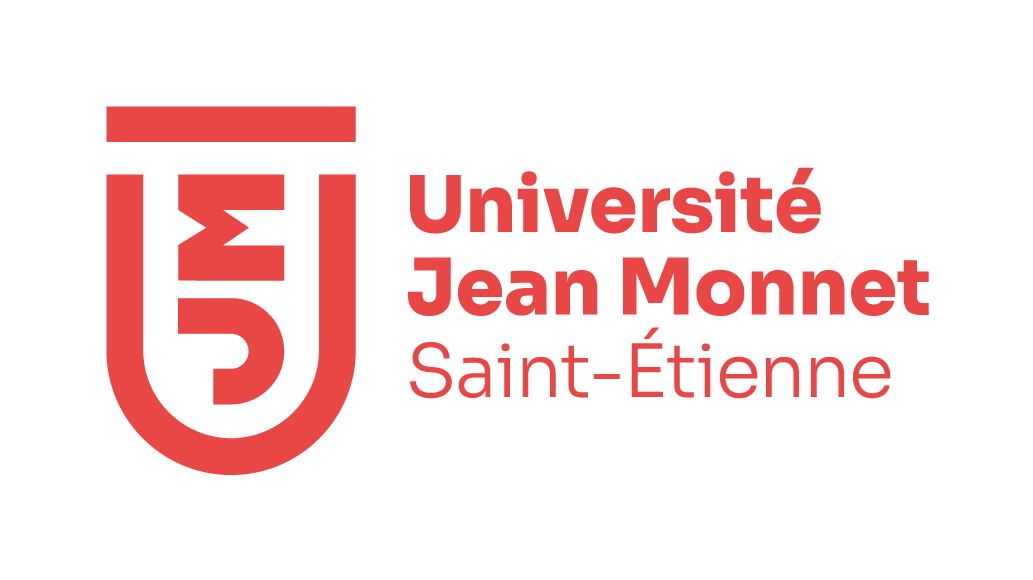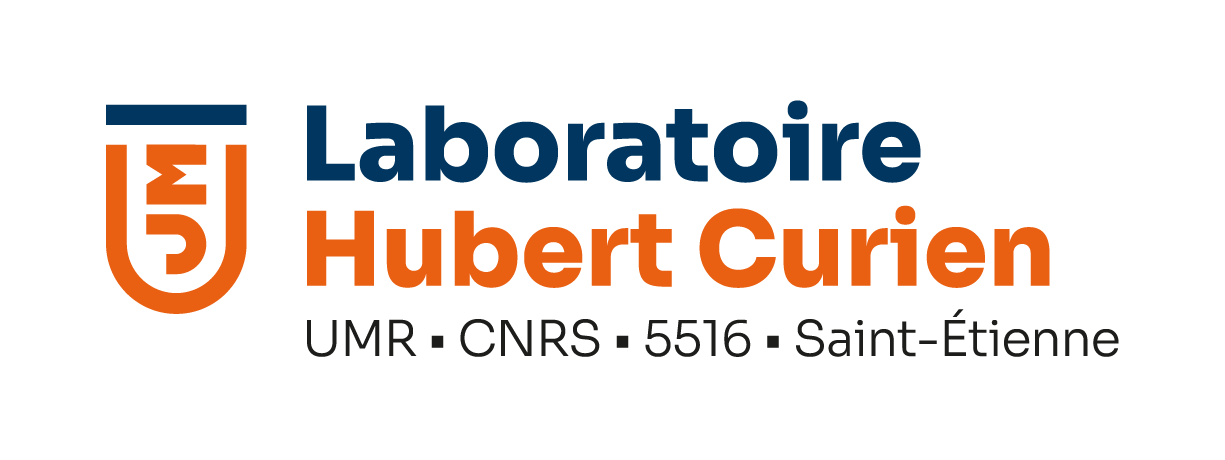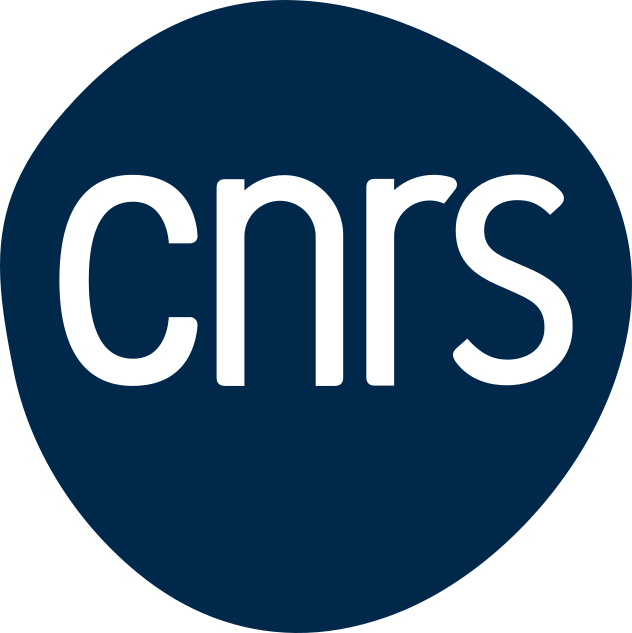MALICE Inria Team
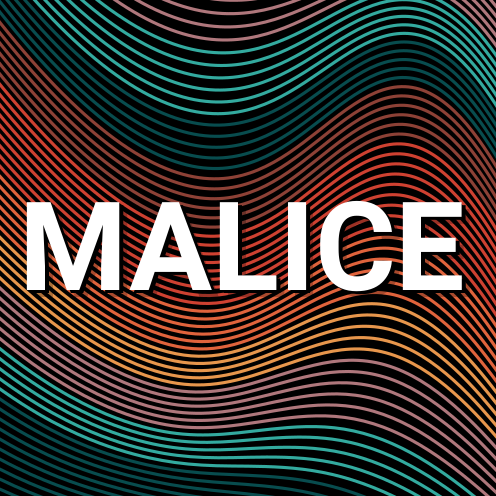
Lab. Hubert Curien
UMR CNRS 5516
Saint-Etienne, FRANCE
The Inria MALICE team, whose members have a strong expertise in statistical learning, applied mathematics, statistics and optimization, develops algorithmic and theoretical research focused on integrating physical knowledge into machine learning (ML) models.
Leveraging the skills present at the Hubert Curien lab in physics, MALICE aims to foster the development of new methodological contributions in Physics-informed Machine Learning (PiML) with a primary targeted application in Surface Engineering, making possible scientific breakthroughs in both Machine Learning and Physics. Our team focuses on several challenges, including (i) a limited access to training data and the availability of only incomplete background knowledge (typically in the form of Partial Differential Equations - PDEs), (ii) the need of deriving theoretical (generalization, approximation, optimization) guarantees on models learned from both data and physical knowledge and (iii) a strong necessity to transfer knowledge from one dynamical system to another. The advances carried out in machine learning allow to better understand the physics underlying the mechanisms of laser/radiation-matter interaction, enabling to address numerous societal challenges in the fields of space, nuclear, defense, energy or health.
MALICE envisions its activity according to the following three objectives:
1: Theoretical frameworks when learning from data and background knowledge
2: Integration and extraction of knowledge via physics-informed ML models
3: Domain generalization and transfer learning between physical dynamics
Contact marc.sebban@inria.fr and amaury.habrard@inria.fr in case you wish to apply to an Inria research associate (CR or ISFP) position in our team
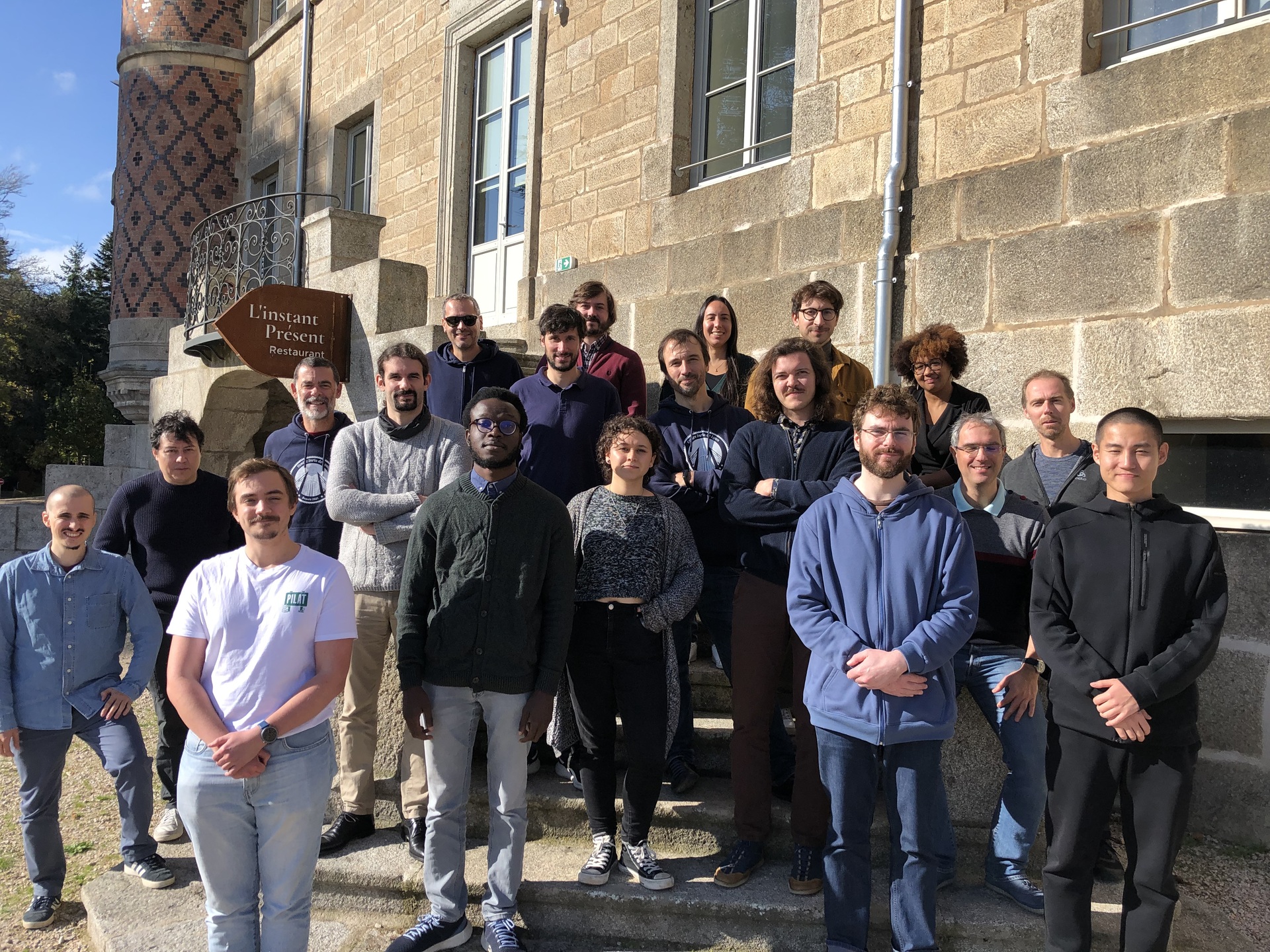
news
| Oct 21, 2025 | Very pleased to announce our application for ANR Inria-Mila funding under the France-Canada PRCI call for projects, ANR-NSERC 2025, has been accepted! |
|---|---|
| Sep 20, 2025 | We are delighted to announce that Quentin Bertrand has just been appointed an Affiliate Member of MILA- Montreal (Canada)! |
| Sep 19, 2025 | We are thrilled to share that our work on the generalization of flow matching deep generative models was accepted at NeurIPS 2025 as an oral! (TOP 0.3%) See you in San Diego! Read the article here |
| Sep 18, 2025 | Our paper Conformal Online Learning of Deep Koopman Linear Embeddings has been accepted to NeurIPS! Read the article here |
| Aug 20, 2025 | We are pleased to announce that Remi Emonet’s project DATES has been funded through the ANR PRCE call! |
